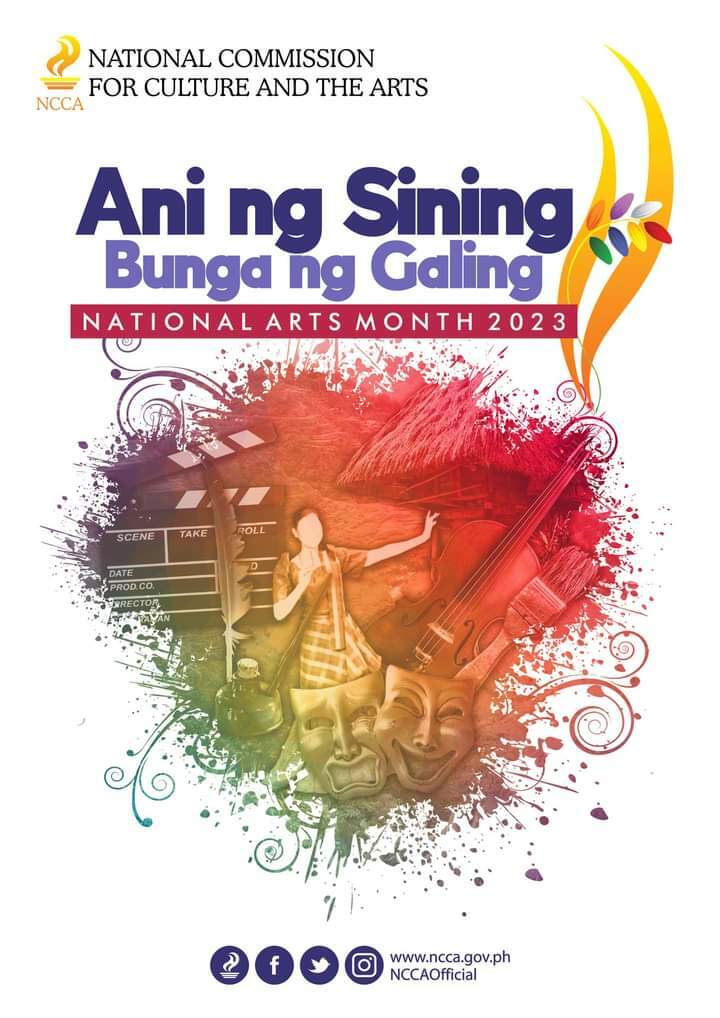The vibrant world of Philippine contemporary art is a rich tapestry of culture, history, and identity. The Philippine art scene has been thriving in recent years, with artists pushing boundaries, breaking norms, and creating thought-provoking works that challenge and reflect the country’s societal issues and cultural diversity.
One of the most prominent aspects of Philippine contemporary art is its diversity. From traditional techniques and subjects to experimental and avant-garde styles, Filipino artists are constantly innovating and exploring new ideas and forms. This melting pot of influences and inspirations has resulted in a dynamic and exciting art scene that showcases the country’s creative spirit.
One of the key themes that emerge in Philippine contemporary art is a reflection on social and political issues. Many artists use their artwork as a platform to comment on the current state of society, highlighting issues such as poverty, corruption, environmental degradation, and human rights violations. Through their work, they seek to spark dialogue, raise awareness, and inspire change.
Another prevalent theme in Philippine contemporary art is a celebration of the country’s rich cultural heritage. Artists draw inspiration from traditional Filipino customs, beliefs, and practices, incorporating elements of folklore, mythology, and spirituality into their work. This fusion of the old and the new creates a unique and captivating aesthetic that resonates with audiences both locally and internationally.
In recent years, Filipino contemporary artists have been gaining recognition on the global stage. Their works have been exhibited in prestigious galleries, museums, and art fairs around the world, earning critical acclaim and attracting collectors and art enthusiasts from diverse backgrounds. This increasing visibility has helped put Philippine contemporary art on the map, solidifying its place in the global art scene.
One of the most exciting aspects of exploring the vibrant world of Philippine contemporary art is the opportunity to engage with the artists themselves. Many Filipino artists are open and approachable, eager to share their stories, inspirations, and creative processes with audiences. Visiting art galleries, attending artist talks, and participating in workshops and exhibitions are great ways to connect with the artists and gain a deeper understanding of their work.
In conclusion, the vibrant world of Philippine contemporary art is a dynamic and diverse landscape that is constantly evolving and expanding. By exploring this rich artistic ecosystem, we gain insights into the country’s culture, history, and identity, while also opening ourselves up to new perspectives, ideas, and experiences. Filipino contemporary artists are pushing boundaries, challenging norms, and breaking new ground, making a significant impact on the global art scene. As we continue to engage with their work, we are invited to reflect, question, and reimagine our world, creating a dialogue that transcends borders and boundaries.






